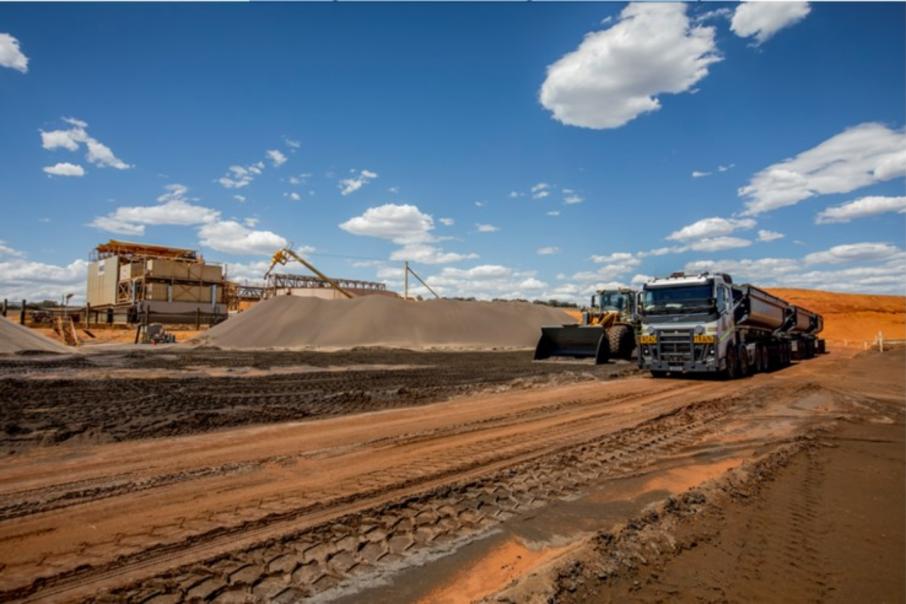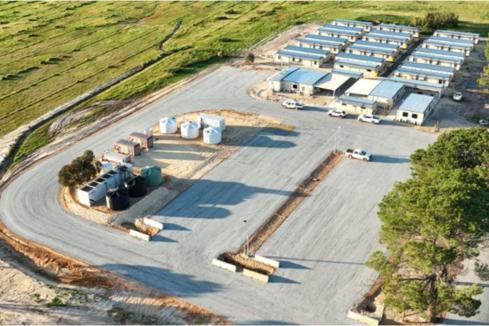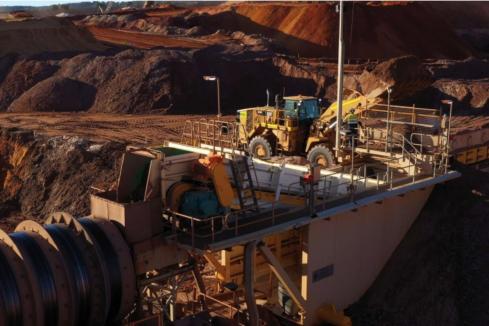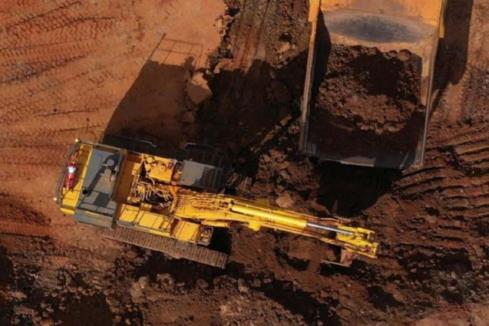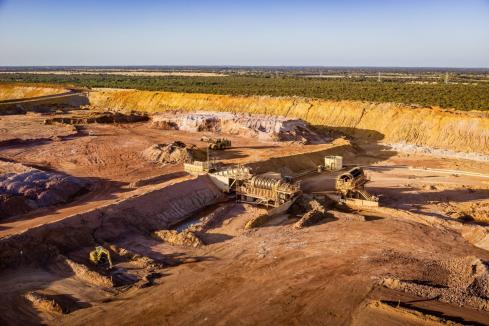Image Resources has edged a step closer to its mining plans at its 100 per cent-owned high-grade Atlas mineral sands project 90km north of Boonanarring in Western Australia after securing environmental approval for the proposed development from the State Government.
The company today confirmed it had received the Ministerial approval under the State’s Environmental Protection Act.
Atlas’ 18 million-tonne resource features a heavy minerals grade of 6 per cent, with a mineral assemblage including 9.3 per cent zircon, 46 per cent ilmenite, 4 per cent leucoxene and 6.5 per cent rutile. It extends from surface to 16m depth and has an average thickness of 3.5m and a maximum thickness of 12m.
The proposed mine will be a shallow open pit designed to exploit a reserve of 5.5 million tonnes at 9.2 per cent heavy minerals, with 96 per cent of the contained heavy minerals in the proved ore reserves category. Image says the mineral assemblage includes 11.9 per cent zircon and 7.9 per cent rutile in the heavy minerals and the mineralisation is shallow with a strip ratio of about 1:1.
All heavy minerals products will be sold under the existing offtake agreements used at Boonanarring, with letters of credit supporting each bulk shipment prior to loading.
The company says its 2017 operating plan is still active and – excepting delays in obtaining Atlas permitting – the original plan is on track. It envisages mining at Boonanarring for five years before a self-funded transition and plant relocation to Atlas, with mining to continue at Atlas for a further three years.
Image Resources managing director and chief executive officer Patrick Mutz said: “Receiving approval from the Minister for Environment to implement the development of the Atlas Project is a significant milestone for Image. This moves the Company one significant step closer to returning to active mining and revenue generation.”
Ultimately, the company aspires to gradually transitioning to running multiple projects simultaneously, which will produce several products for the global market. It is also contemplating a synthetic rutile production line to convert ilmenite into a mineral closely resembling natural rutile.
Rutile (titanium dioxide) is used to make pigment in paint, plastics and titanium metal.
Image’s planned mining operations include a 10-year mine life at its Bidaminna sand dredging operation, with a prefeasibility (PFS) study in hand and a definitive feasibility (DFS) in progress. Its proposed Yandanooka project is a standalone dry mining project with a completed PFS.
Additionally, its McCall’s venture is a dredging operation at concept study phase and Mindarra Springs is a proposed dredging show looking at a 40-year mine life.
Image is also looking at establishing a mineral separation plant (MSP) at Boonannaring and a synthetic rutile plant is proposed to be co-located with the MSP. Testing and concept studies are underway and a provisional patent has been sought for a novel synthetic rutile process that generates lower carbon dioxide emissions.
The company has a ready pipeline of projects at its fingertips, arrayed in a logical pathway towards the type of development that is becoming a mainstay in the State.
Is your ASX-listed company doing something interesting? Contact: matt.birney@businessnews.com.au






